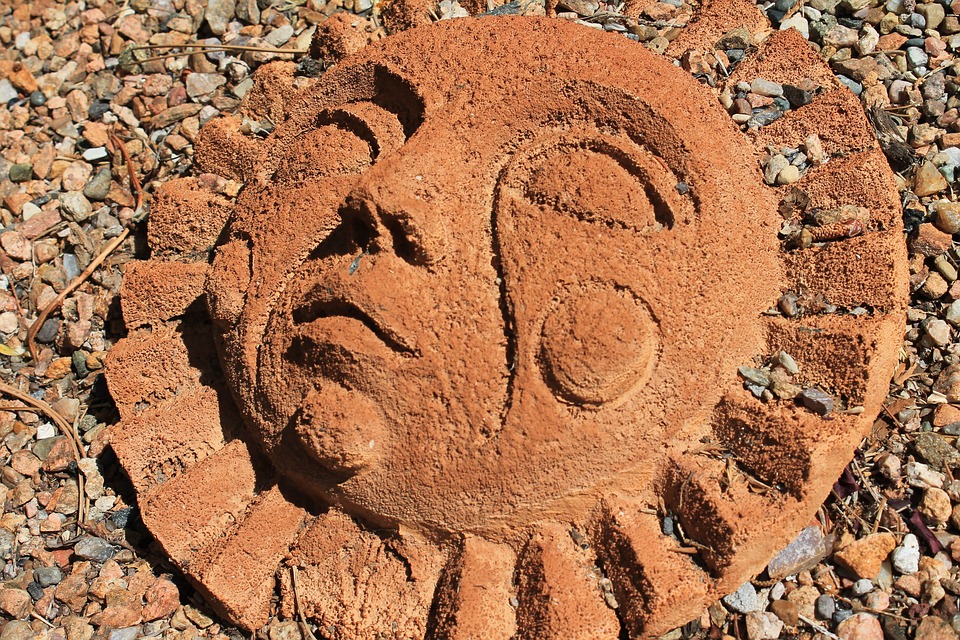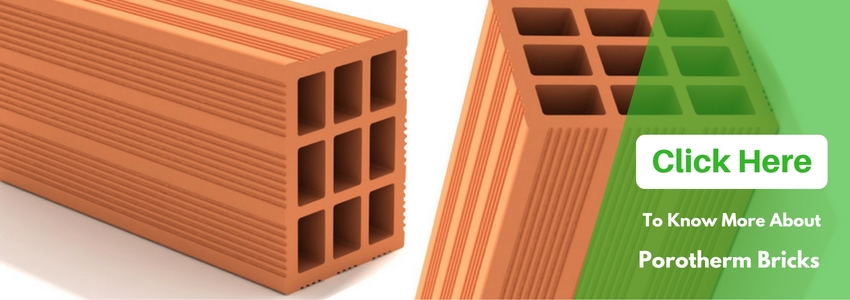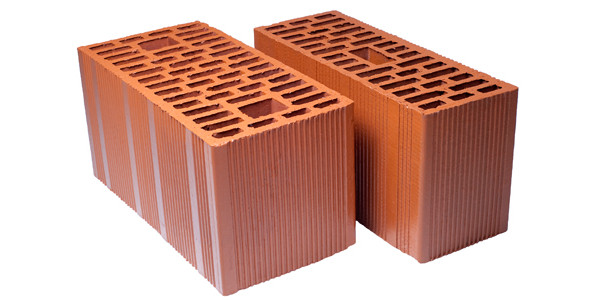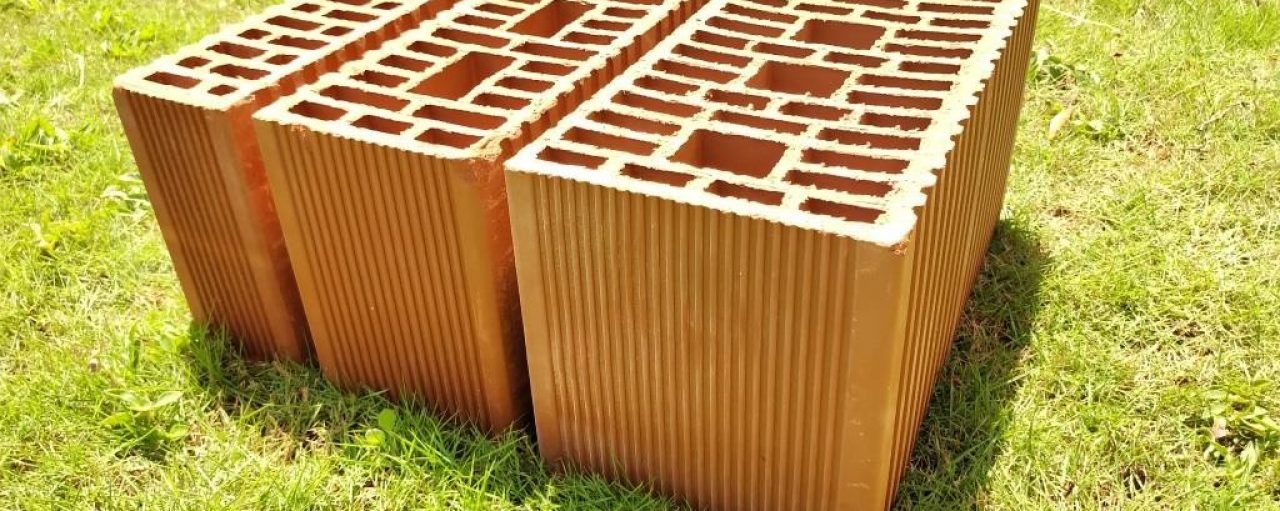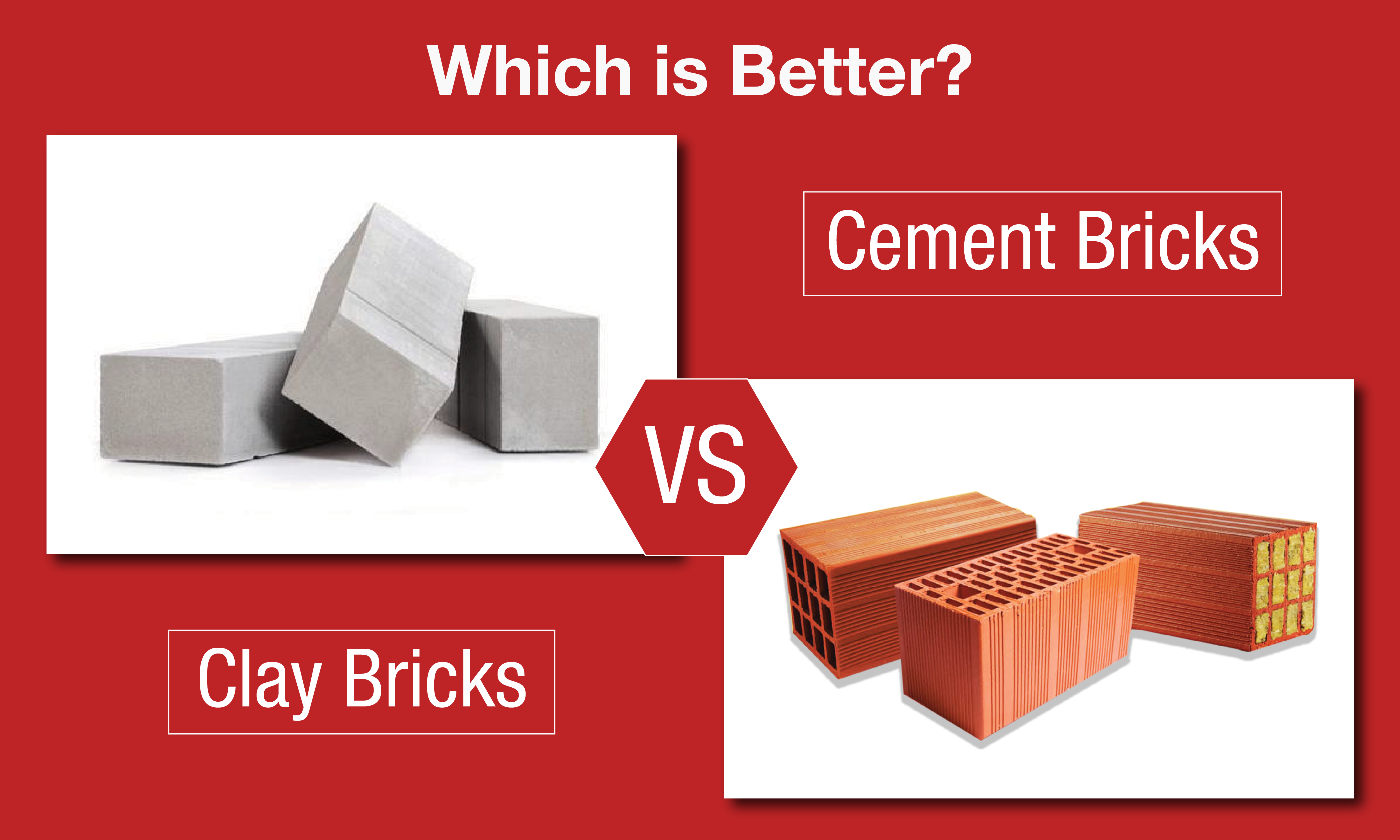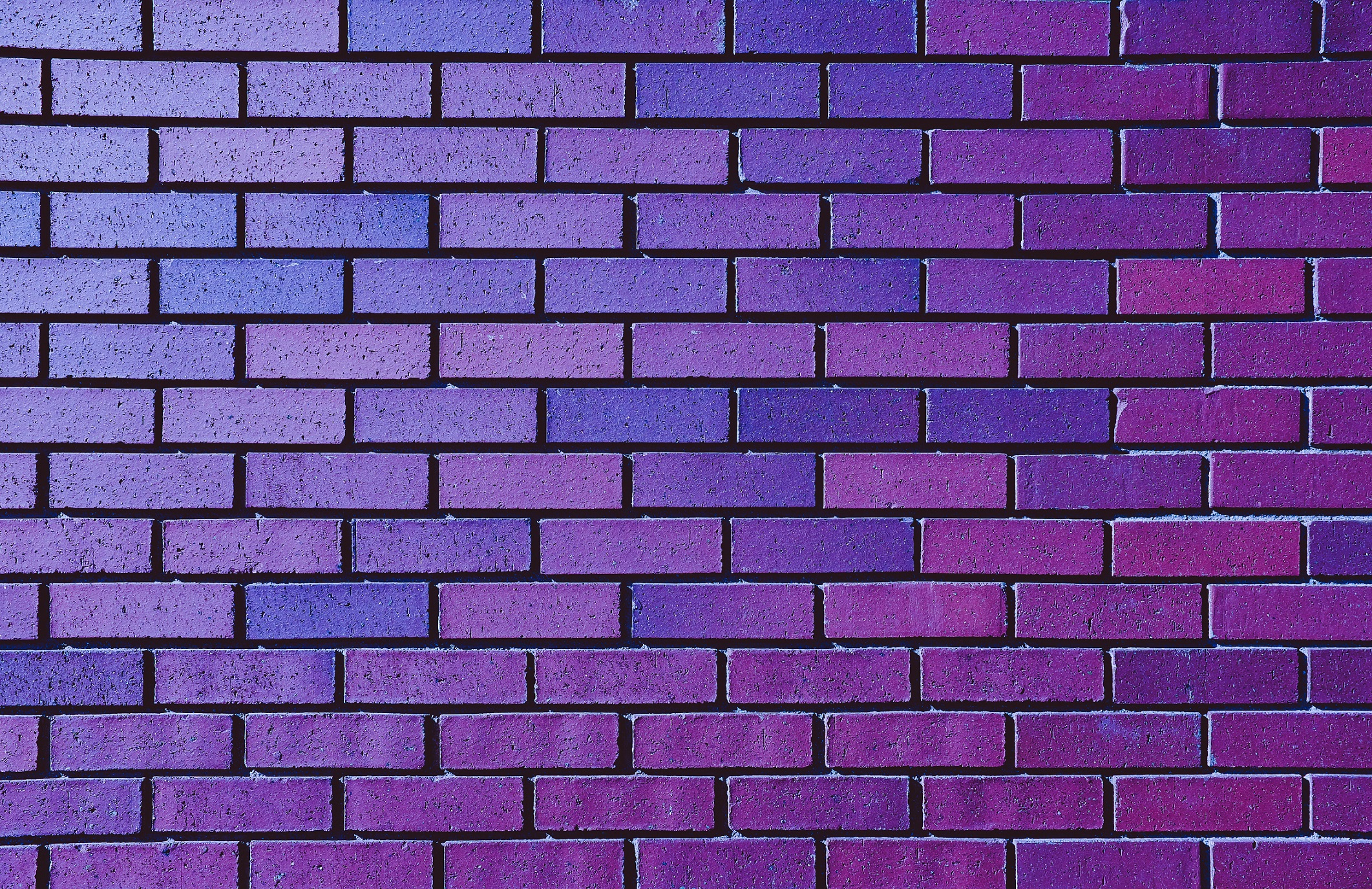Lakhnādon “Modern machinery, quest for sustainable construction and abundance in availability has made clay an architect-friendly material”
http://mkderma.com.br/14-cat/dating_50.html Ever since humans evolved from nomads to settlers, clay has played an important role in almost every aspect of early livelihoods. Its unique chemistry allows clay to be tremendously flexible in terms of size and shape. As a result, it is an incredibly versatile material that can be easily moulded for construction purposes.
From prehistoric times, clay has been indispensable in architecture, industry and agriculture. As a building material, it is used in the form of brick, either sun-dried (adobe) or fired. Clays are also of great industrial importance — for example, in the manufacture of tile for wall and floor coverings, of porcelain, china, and earthenware, and of pipe for drainage and sewage.
Natural alternative
Adobe structures account for some of the oldest existing buildings in the world.

Arg-e Bam in Iran, Taos Pueblo in New Mexico, Great Mosque of Djenné in Mali, Aït Benhaddou in Morocco and the mud brick-made high-rise buildings in Shibam, Yemen are some of the most famous buildings made of clay. Closer home, India is home to some amazing architecture built with clay such as the Qutub Minar and IIM Ahmedabad.
So, how are clay bricks made? As a natural material, clay is extracted locally with the greatest possible consideration for the environment and the biodiversity of flora and fauna. They are then processed and shaped into bricks. Subsequently, they are either naturally dried in the sun or are dried using artificial methods.
Modern machinery, computer-aided design, the quest for cost-effective sustainable construction and abundant availability has made clay not only environment friendly but also an architect-friendly material. As a result, they are fast becoming popular today as a sustainable, alternative construction material.
There are many reasons why the materials used to build a house can make the difference between an uncomfortable shelter and a healthy, beautiful one. You may think that natural building materials might be a burden to indoor climate. In fact, it is quite the contrary: due to their special humidity-regulating properties, massive brick buildings make a major contribution to healthy living as it doesn’t release any harmful chemicals. As clay is a natural material, it utilises minimally processed, non-toxic materials making it non-polluting, safe and long lasting.
Let’s look at some of major benefits of using clay:
1. Energy efficient
Selecting the right building material becomes imperative as buildings increasingly design limited pathways for air to pass through. Natural building materials, particularly clay, is ideally suited to incorporate the immediate environment through the use of sustainable design practices.
Additionally, as clay walls are thick, they have a lot of thermal mass. As a result, heat is collected during the day and is slowly released during night time. This is particularly useful for heating during winter and for cooling during summer.
2. Good for health
Various studies indicate that the harmful nature of chemical substances in indoor air such as dust and mould spores and high levels of carbon dioxide can lead to long-term health problems. In this context, clay bricks and blocks make for a healthy alternative. Research indicates that they are among the few man-made building materials whose mineral properties meet ‘all necessary requirements for healthy living’.
The inorganic or inert qualities of fired clay release an insignificant amount of volatile organic compounds (VOC) or toxic fumes under normal or fire conditions to have any negative impact on air quality. Fired clay has a natural propensity to absorb and release humidity from the atmosphere. As a result, it helps keep humidity at a required 40 to 60% level for healthy living. What also makes it a better material is that it is not a food source for mould, which is largely associated with various allergies.
3. Sustainable
Besides being natural and maintenance friendly, clay is sustainable in all production stages — from raw material extraction to production and packaging, right through to processing. Clay building materials are unresponsive to the temperature variations, that is, they do not expand or shrink with lows and highs of temperatures and hence, are more stable.
Today, the sheer variety that clay offers is enticing many architects and builders to use the material in their designs. The different textures and variation in colours give architects ample choice to play with the design and create a masterpiece. As a result, there are various designs coming out in this segment, keeping sustainability and optimal usage in mind. As more and more people are looking towards sustainable and energy-efficient alternatives, creating homes that last has become a key concern. The main focus becomes a home that is low on maintenence and upkeep.
And today when architects use these materials in their buildings, it gives them and the homeowner a sense of being environmentally responsible. While we may not have a home that is explicitly ‘green’, it is a good feeling to know that by using even one or two sustainable building materials we can reduce our carbon footprint.
Authored By A Wienerberger Building Expert.
The article was originally published on Deccan Herald


